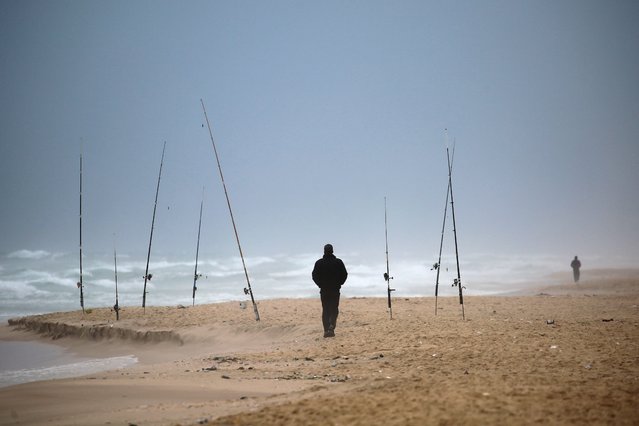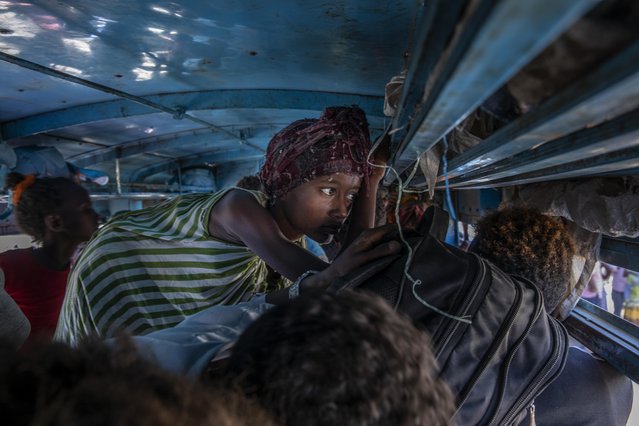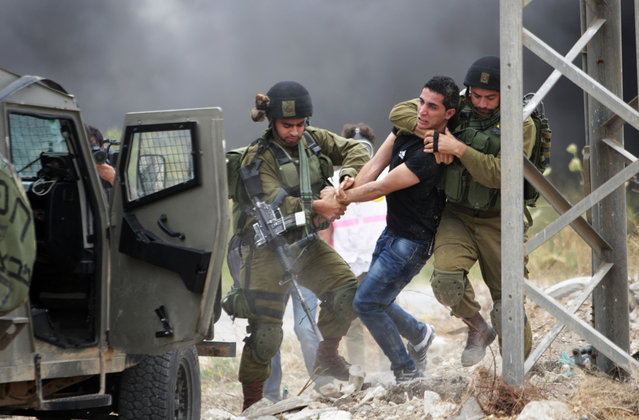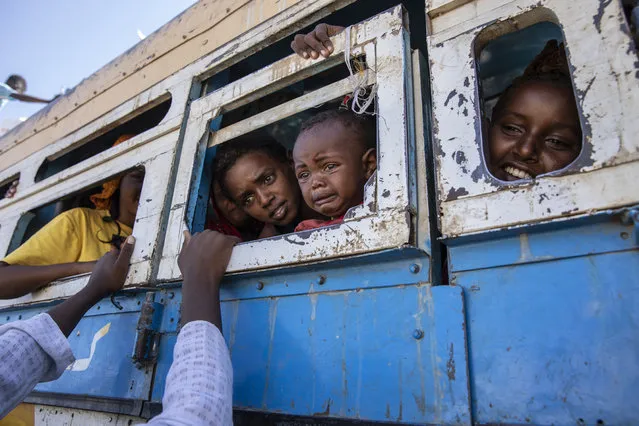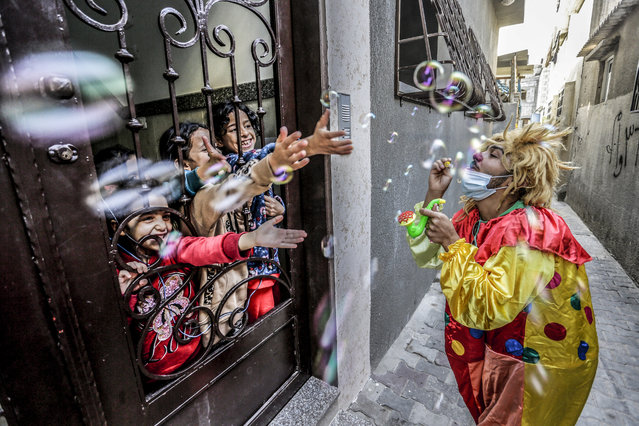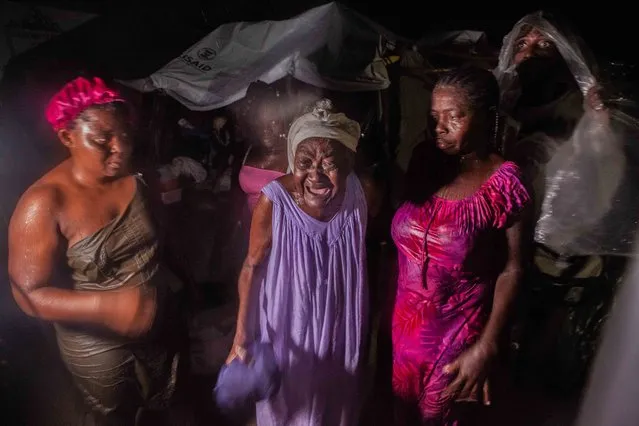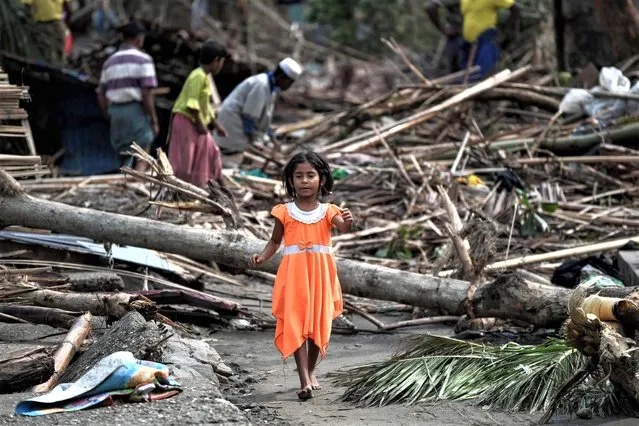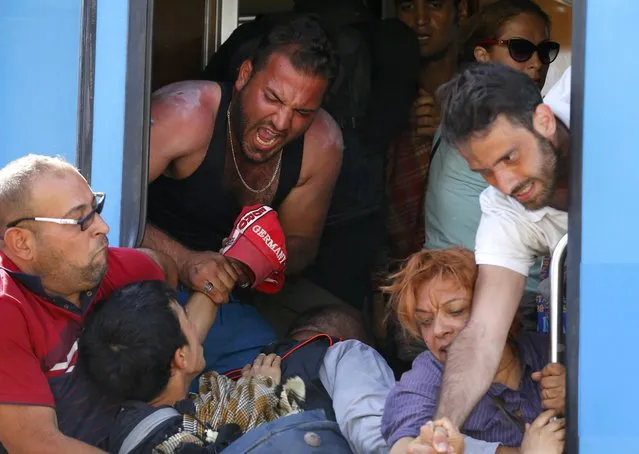
Migrants scramble aboard a train at the station in Beli Manastir, Croatia September 18, 2015. Migrant numbers in Europe will build up in coming days and their flows may fragment further into new routes, the U.N. refugee agency said on Friday, urging the European Union to grasp a last chance to resolve the refugee crisis next week. (Photo by Laszlo Balogh/Reuters)
19 Sep 2015 12:39:00,post received
0 comments

